Researchers identify AsC5 as promising anode material for sodium-ion batteries
Green Car Congress
JULY 31, 2023
Researchers at Northeastern University in Shenyang, China, have identified a novel carbon arsenide (AsC 5 ) monolayer as a promising anode material for sodium-ion batteries (NIBs). Furthermore, the Na diffusion barrier on monolayer (bilayer) AsC 5 is just 0.16 (0.09) eV, which indicates a rapid charging/discharging capacity.


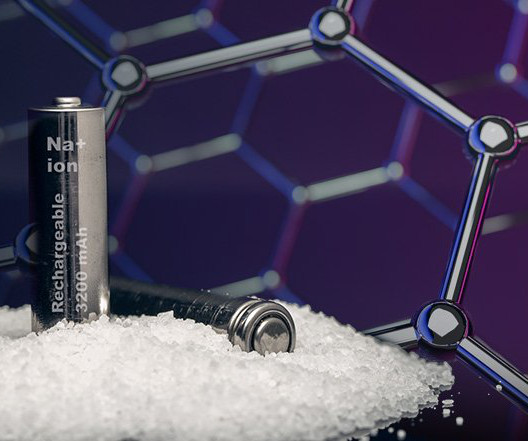




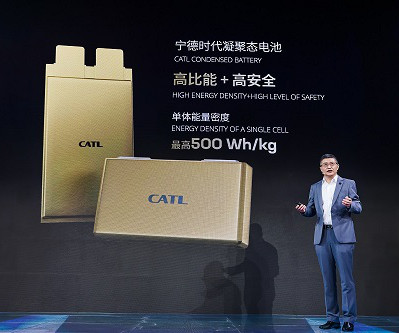
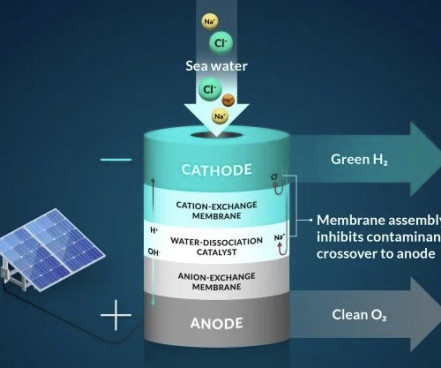


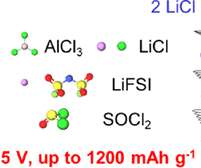













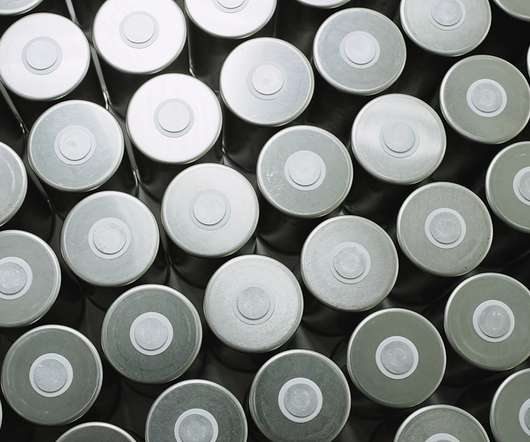

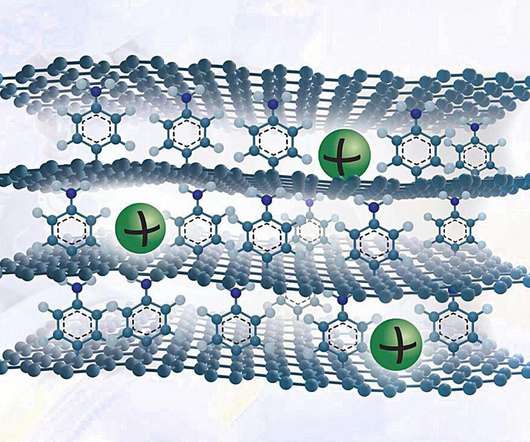

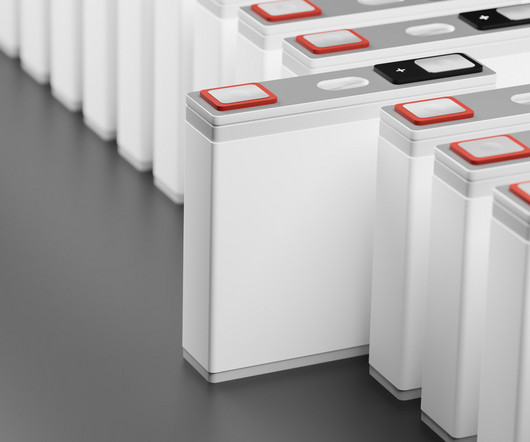










Let's personalize your content